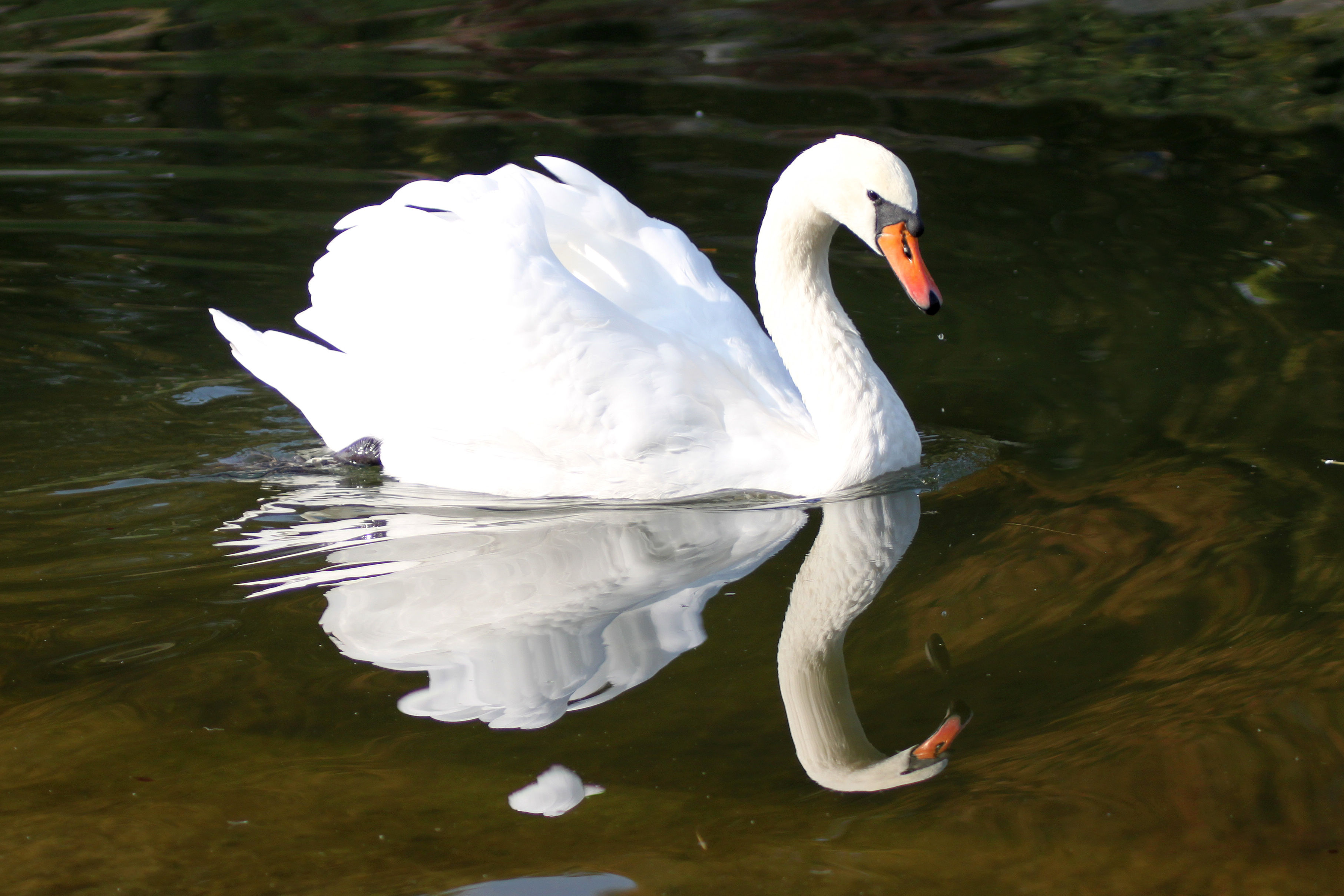There are, of course, many excellent approaches to breakthrough and transformation. I offer these particular images to evoke the imagination and promote discussion. Most processes of breakthrough and transformation in organisational life are often too impoverished for the outcomes they promise. Perhaps it is time that we rethink things?
Breakthrough & Transformation
17th September 2019
Breakthrough and Transformation are buzzwords that we hear all the time in corporate life. Yet what do they really mean? And how are they related? At one level, it seems obvious - a breakthrough is a sudden and dramatic realisation or discovery. A transformation is a profound shift of state - a change of form, such as when a caterpillar metamorphoses in to a butterfly. Breakthrough is often the catalysing moment of transformation. Yet in my experience of working with organisational leaders and teams, it is not so much the meaning of these terms per se that helps or hinders work towards breakthrough and transformation; it is the unexamined assumptions inherent in the metaphors we hold about these processes.
For example, it is easy to imagine breakthrough as a dynamic and explosive force, as in the image above. From this set of assumptions, breakthrough requires tremendous energy, focused will, drive and unyielding determination - literally 'breaking through' a barrier or obstacle that stands between us and that which we seek. Sometimes this might be what it takes. Yet, there is something inherently risky, even dangerous in striving for this kind of breakthrough. As one client said to me many years ago, describing his attempts at breaking through some personal sales targets and the cost to his own physical and mental health, "There is a thin line between breakthrough and breakdown."
There is a thin line between breakthrough and breakdown
Yet what if breakthrough is not always like this? What if it is something much more organic, emergent and natural? Are there alternative images of breakthrough that carry different connotations and that might direct our efforts at personal and corporate transformation differently? I would like to offer four alternative images of breakthrough and be playful in suggesting how they might help us rethink how we go about breakthrough and transformation in organisational life.

Breakthrough as natural growth Thomas Hardy's poem, 'The year's Awakening' offers a very different set of possibilities for us to understand breakthrough. In this metaphor, there are assumptions about planting, patiently waiting, acceptance of seasonality, working in harmony with natural rhythms, a quiet certainty of the indomitability of beauty and of the relationship between hardness and softness. In this metaphor, the breakthrough signals a thawing - the end of Winter and the return of Spring. What would it be like to pursue breakthrough from this perspective?
How do you know, deep underground,Hid in your bed from sight & sound, Without a turn in temperature, With weather life can scarce endure, That light has won a fraction’s strength, And day put on a moment’s length, Whereof in merest rote will come, Weeks hence, mild airs that do not numb... O crocus root, how do you know, how do you know?

Breakthrough as about finding the element of our Belonging Out on a walk one day, the poet Rainer Maria Rilke noticed a swan clumsily waddling along a riverbank. To him, the gait seemed laboured and ugly... But then the swan entered the water and was transformed! Suddenly there was only effortless grace and the swan assumed a stature that it did not possess before. As Rilke describes it, "This clumsy living that moves lumbering, as if in ropes through what is not done, reminds us of the awkward way the swan walks. And to die, which is the letting go of the ground we stand on and cling to every day, is like the swan, when he nervously lets himself down into the water, which receives him gaily and which flows joyfully under and after him, wave after wave, while the swan, unmoving and marvellously calm, is pleased to be carried, each moment more full grown, more like a king, further and further on..." What if breakthrough can be as simple as entering the element of our belonging? What if all we need to pay attention to for growth and transformation to happen, is the context in which we live and work?

Breakthrough as a Non-Doing It's not that we all have to live like monks and wear saffron robes for breakthrough to happen! Yet the Spiritual Traditions of all cultures, across the millennia, teach that profound realisation occurs when we still the mind. Decades ago, the psychologist and creativity researcher Jacob Getzels (who was Education Consultant to The White House between 1965 - 1967, among other contributions, turned the notion of creativity as a problem-solving process on its head when he declared that it is also a problem-finding process) codified an approach to breakthrough which placed 'incubation' at its heart. In everyday terms, he was pointing to the need for the mind to rest, for us to stop head-crunching and turn instead to routine activities like pottering in the greenhouse or doing some ironing if we are to have the 'Aha!' that signifies a breakthrough. This is more akin to giving up striving and wanting something to happen, and simply 'dropping in to the moment' and letting things be. This perspective does not negate the effort that might be preparatory to the experience of breakthrough, it simply provides an understanding that allowing for pause and respite is a vital and revitalising part of the process. How might this perspective illuminate our striving for breakthrough and transformation?

Breakthrough as being called to Service and living our Purpose Marc Chagall's painting of Moses standing before the burning bush tells the Bible story from the Book of Exodus (3:1-6). An angel spoke to Moses atop Mount Horeb, from out of a bush which was engulfed in flame yet did not burn. The angel said, "Moses, Moses, put off thy shoes from off thy feet, for the place whereon thou standest is holy ground." David Whyte makes the point that in Hebrew, the verb for 'taking off' the shoes is the same word as for a snake shedding its skin. The story signifies the importance of shedding the ordinary, everyday clutter that is called for in order to attend to a higher calling. What if breakthrough requires a committed attention to something quite sacred that is calling us, and requires that we leave behind our sense of ourselves and of our lives as they are? What if breakthrough is simply a focus on our purpose? How does this story inform our assumptions about transformation?